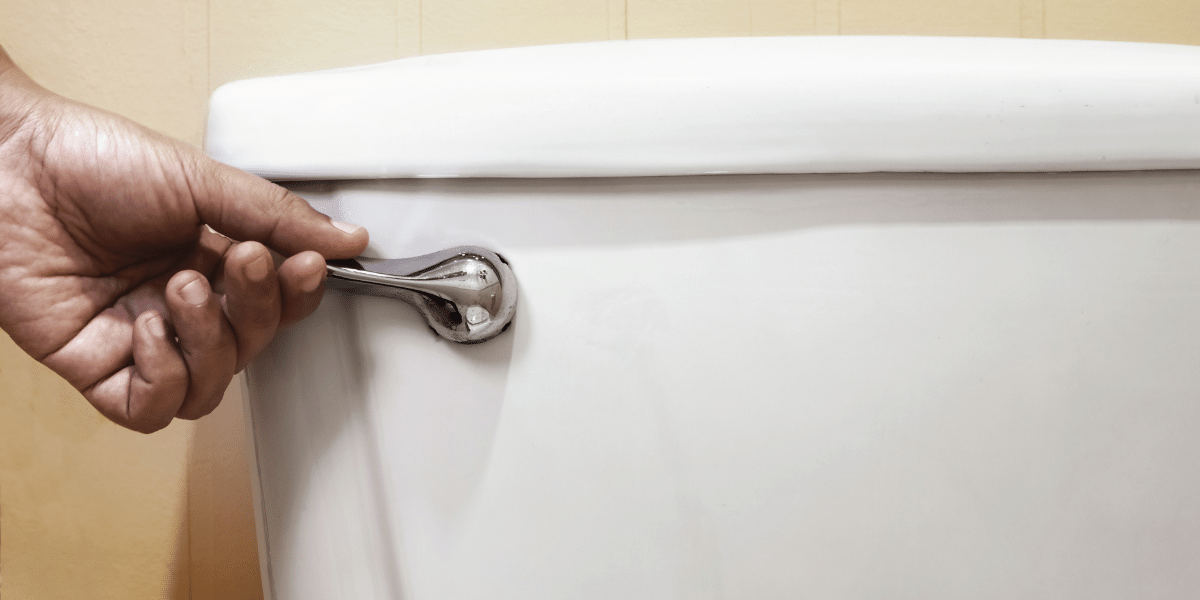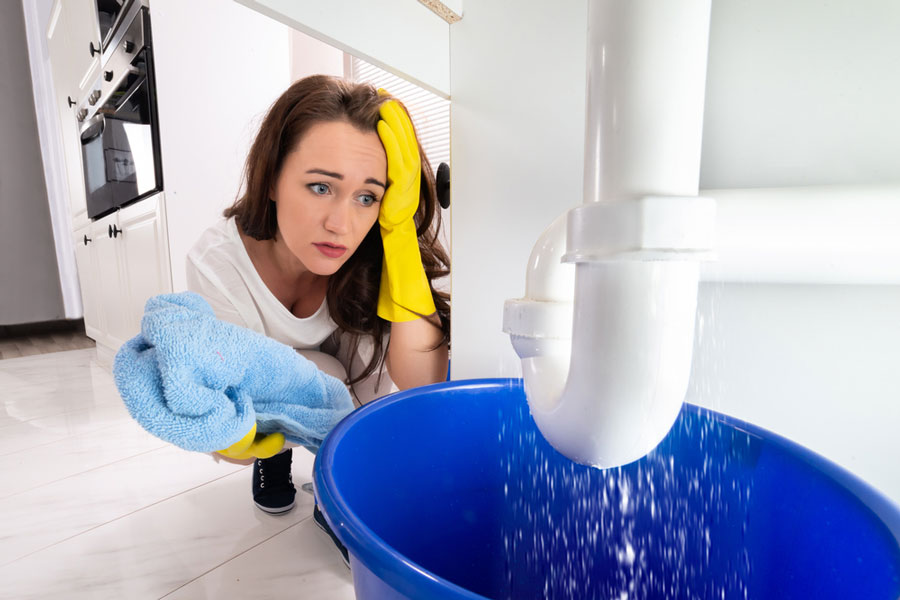What to Find and Address Water Leaks in the Bathroom: Expert Advice
What to Find and Address Water Leaks in the Bathroom: Expert Advice
Blog Article
The content down below pertaining to Leaking Bathroom Repair Expert is exceptionally entertaining. Read on and make your own conclusions.

Washroom leakages are irritating as they interrupt your day's plan. They vary in seriousness depending on the resource of the leakage. Yet, you should prioritize them, as they can rapidly worsen. So, it is a relief that a lot of shower room leakages are very easy to fix and spot, with very little cost implications.
Having a water leakage in washroom can be difficult to the homeowner. The short article offers as a "initial help" when you require an emergency reaction to a water leakage in bathroom.
Detection and Repair Service of Water Leak in Shower Room
Water leak in washroom commonly results from pipes and pipe faults. There are several types of restroom leakages. You might require a basic knowledge of these leak types to detect the water leakage in shower room. Here are the usual bathroom leakages and take care of tips:
Sprinkle Leaks
These frequently arise from water splashing on the bathroom floor from the bath tub. It is a consequence of using a poor shower drape or worn tub lining. It damages the restroom flooring as well as may cause rot to wood floors and bathroom doors. The water usually pools around the bathtub or shower. This might cause even worse bathroom damages without prompt handling.
What to Do
This washroom leakage is the most convenient to repair. You just need to change the curtains or recaulk the tub or shower. You might need to change these to prevent further damages if the leakage has harmed the shower room floor or door. Fortunately is that you can include a pipes specialist to assist with the restroom fixing.
Bathroom Leaks
In some cases, water leaks from the bathroom as well as pools around the toilet base. It is an eye sore in the bathroom as well as requires timely attention. Often, it results from a loose link in between the tank and also the commode. This triggers water to drip from the tank to the floor. It may likewise arise from cracks in the toilet bowl or a defective shut-off valve.
What to Do
If there hang screws in between the tank and toilet, you just require to tighten them. Occasionally you may need to reapply wax on the gasket or call a shower room leakage specialist to change broken or worn components.
Clogged Shower Room Sinks
Sometimes, the water leakage in bathroom results from sink clogs. This is commonly a problem to property owners as well as might be unpleasant. Blockages might result from the accumulation of soap residue, hair bits, or particles that obstruct the drainpipe. It is easy to handle clogs, and you may not require professional abilities.
What to Do
You can make use of a drain serpent to eliminate the particles in the drainpipe and also let the stationary water flow. Drain pipes cleansers are additionally offered in shops as well as are simple to make use of.
Final thought
Water leaks in the restroom are preventable occasions in the home. When they do, fix them without delay, or engage the solutions of a specialist.
The post offers as a "very first help" when you require an emergency feedback to a water leak in washroom.
Water leakage in restroom commonly results from plumbing and pipe mistakes. You may require a standard understanding of these leak kinds to identify the water leakage in shower room. It damages the bathroom floor and might cause rot to wooden floorings as well as restroom doors. Sometimes, the water leakage in shower room results from sink blockages.
Signs That You Have a Water Leak in Your Bathroom
Puddles and Damp Patches
Water that’s appearing unexpectedly is a bad sign. If you’ve not taken a bath or shower, yet water’s still on the floors, then you’ve sprung a leak.
Keep an eye out for puddles on the floor, around the base of your shower, and/or in the cabinets of your bathroom. That water’s coming from somewhere!
The same goes for dampness in the room. Damp patches (however big or small) that appear anywhere from the floor to the ceiling is another sign of a leak.
Mold
Mold isn’t uncommon in bathrooms.
It’s found in damp and humid conditions, making a bathroom prime territory for mold to form. This is true in and around areas like the shower.
Confusingly, though, mold can also be a signal of a leak. Remember the damp patches we mentioned above? Well, it’s only a matter of time before mold grows on them.
Note any mold that’s started to form in ‘unexpected’ places. Pay close attention to mold in areas that should, in theory, remain dry.
Peeling Wallpaper
You may or may not have wallpaper in your bathroom.
If you don’t, then skip this one. However, for those that do, read on!
Essentially, any damp that’s present beneath a layer of wallpaper will cause it to peel away from the wall. Sure, this happens in time anyway, as the adhesive fails.
But don’t let that fact dissuade you from suspecting a leak. A well-wallpapered bathroom won’t peel unless there’s a problem.
Tiling Issues
On the subject of things coming off walls, pay attention to your bathroom tiles.
Never ignore them when they’re broken or loose, or have damaged caulking between them. These can let water trickle through and impact the materials beneath in what’s called a ‘tile leak’.
Bad tile leaks can be expensive to repair. If you’re lucky, you can get away with just replacing the tiles and grout/caulk. Sometimes, though, you’ll need a brand new backing.
The basic message here is to regularly check the tiles in your bathroom for damage, wear and tear! Call a professional for support at the first sign of trouble.
Strange Noises
Nothing sends terror through the hearts of a homeowner like the sound of dripping water in the walls! Any obvious water sounds must be addressed as soon as possible. You’ve sprung a leak which could be causing untold damage to the property.
Keep an ear out for more subtle and unrecognizable sounds too. For instance, a high-pitched hissing noise in the walls can come from a pipe that’s developed a slight crack.
Call the professionals whenever you notice watery noises persisting in the absence of bathroom appliances being used.
Strange Smells
As we’ve seen, leaks often cause damp, mold and mildew to develop in your bathroom.
However, you might notice a strange smell before these key visual clues emerge.
Think about the last time you went down into an old basement. The dank and earthy odor in the room is like what you can find in a bathroom with a leak. Unfortunately, many homeowners don’t understand what they’re smelling!
They might buy a new air freshener to remove the smell, without addressing the actual cause. It would be like spraying deodorant on your clothes instead of putting them through the wash! The smell improves, but the leak is allowed to get worse.
https://www.plumbtimesc.com/7-signs-that-you-have-a-water-leak-in-your-bathroom/

We hope you liked our topic about Leaking Bathroom Repair Expert. Thank you for finding the time to browse our posting. Enjoyed reading our content? Please share it. Let somebody else locate it. Thank you so much for going through it.
Emergency plumber? One call away. Report this page